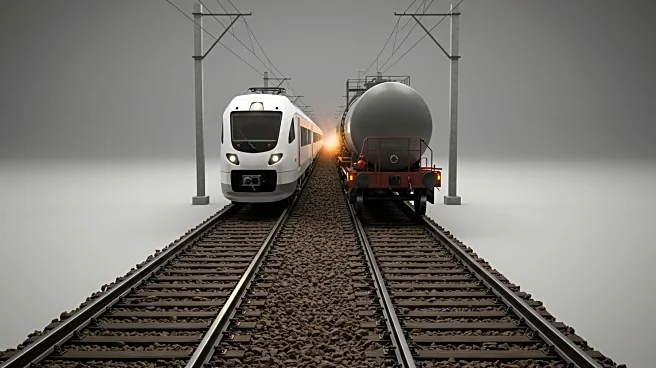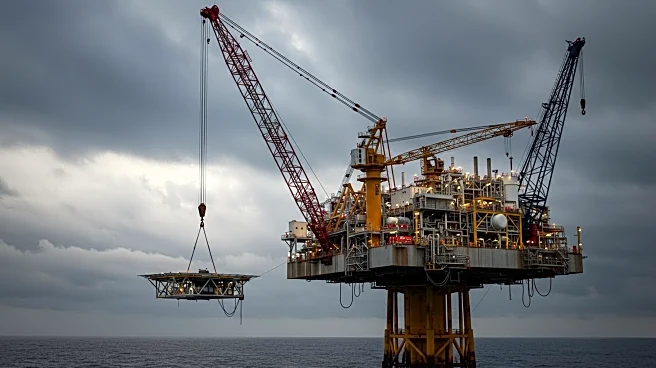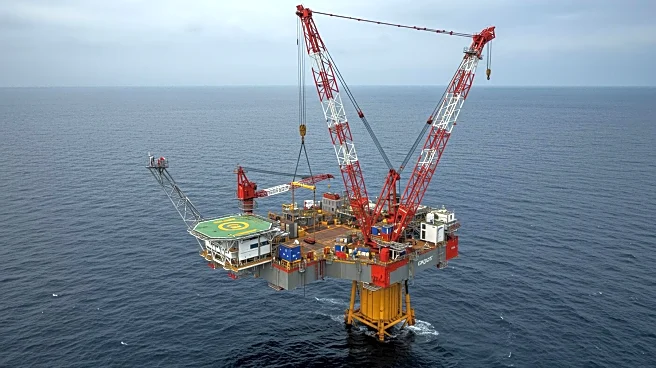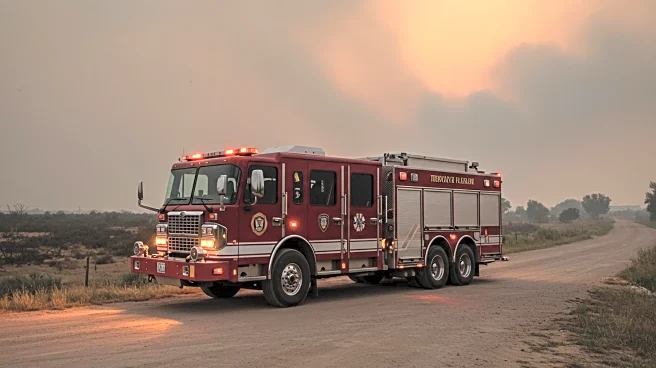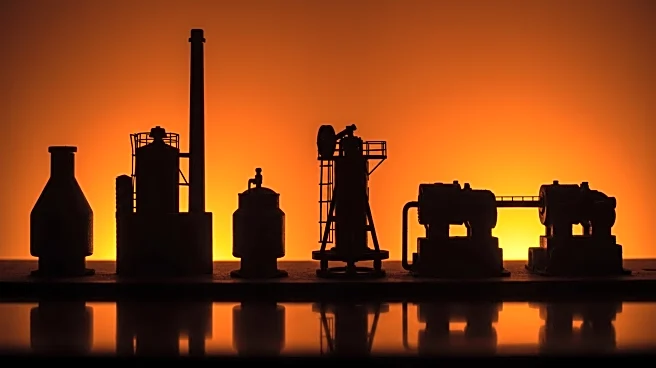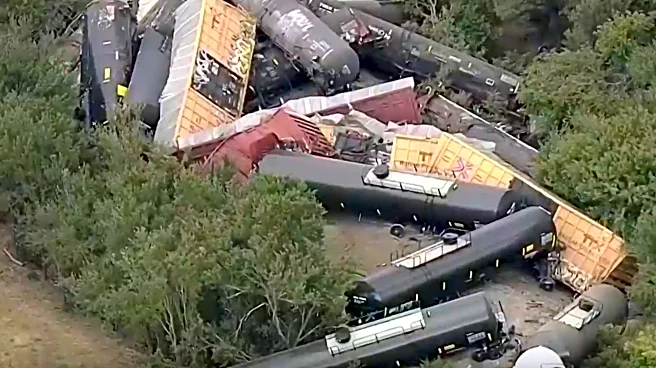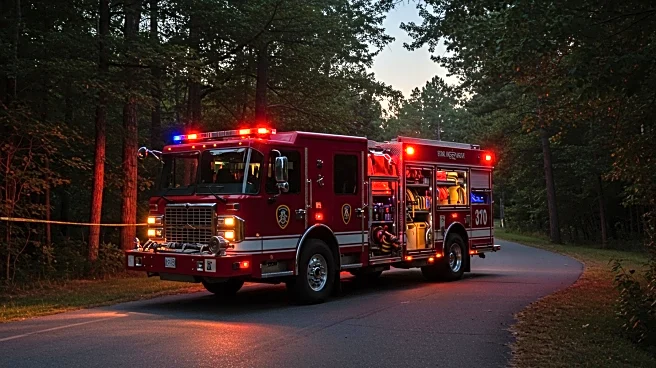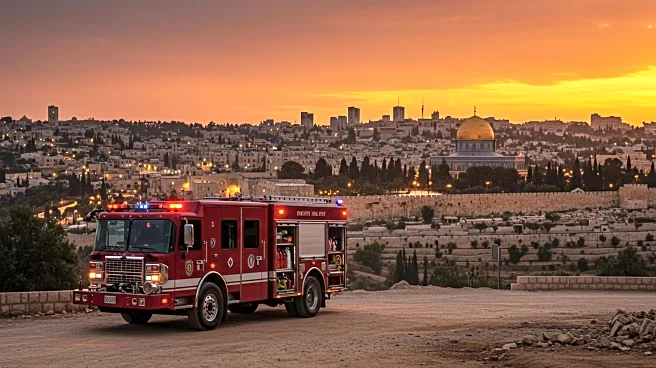What's Happening?
A train in southern Denmark derailed after colliding with a slurry tanker at a railway crossing, resulting in one fatality and several injuries. The incident occurred between the towns of Tinglev and Kliplev in southern Jutland. Emergency services, including helicopters, were dispatched to the scene to assist the injured, which included school pupils from Sønderborg. The national rail agency Banedanmark confirmed the collision and subsequent derailment of at least two carriages, with one carriage flipping over. The country's rail operator DSB has shut down services between Tinglev and Sønderborg near the German border.
Why It's Important?
The derailment highlights the potential risks associated with railway crossings and the importance of safety measures in preventing such accidents. The incident has disrupted rail services in the region, affecting commuters and local transportation. It also raises concerns about the safety protocols in place for rail operations in Denmark, potentially prompting reviews and improvements to prevent future occurrences. The involvement of school pupils underscores the broader societal impact, emphasizing the need for enhanced safety measures to protect vulnerable groups.
What's Next?
Authorities are likely to conduct a thorough investigation into the cause of the collision to determine any lapses in safety protocols or operational errors. The findings could lead to policy changes or infrastructure improvements at railway crossings to enhance safety. Rail services in the affected area will remain suspended until the site is cleared and deemed safe for operations. The incident may also prompt discussions among stakeholders about improving emergency response strategies for similar situations.
Beyond the Headlines
The accident may lead to increased scrutiny of railway safety standards in Denmark and potentially influence international rail safety practices. It could also spark debates on the adequacy of current safety measures at railway crossings, especially in rural areas where such incidents might be more prevalent. The tragedy might drive technological advancements in rail safety systems, including automated alerts and barriers at crossings.
